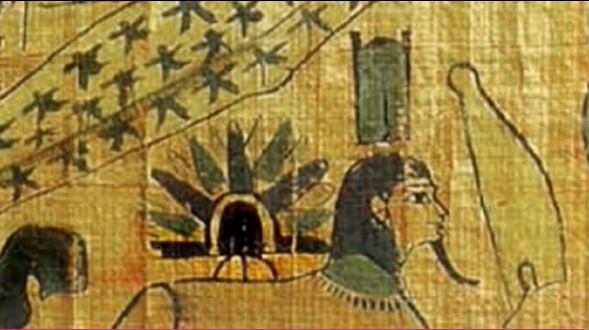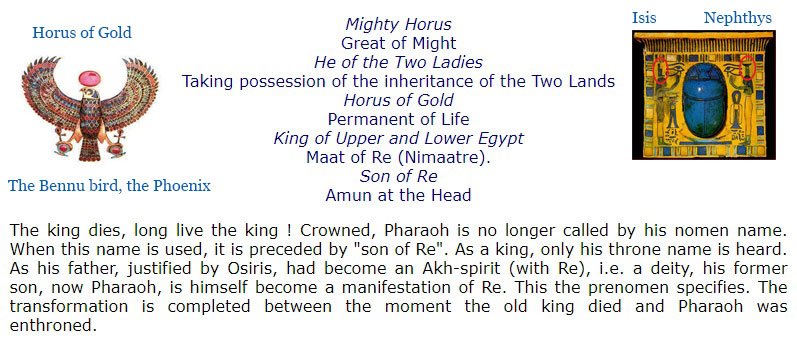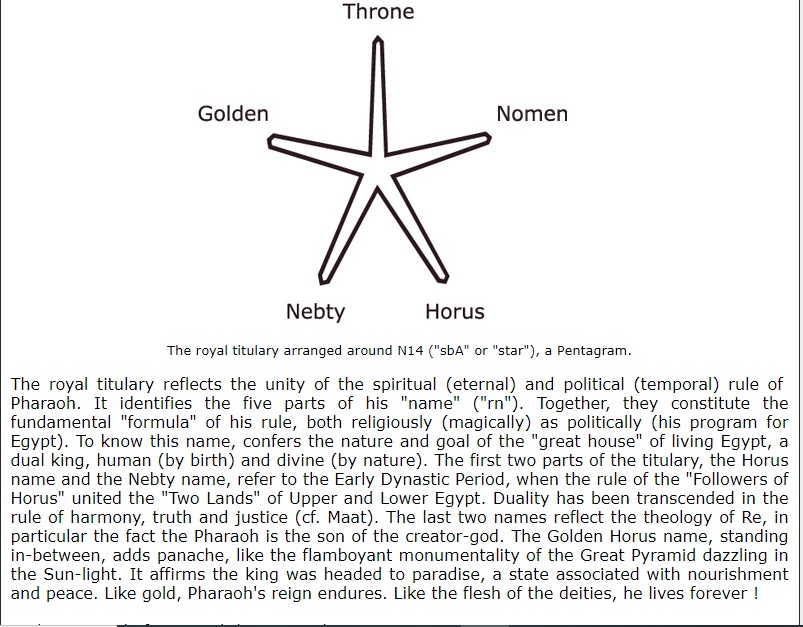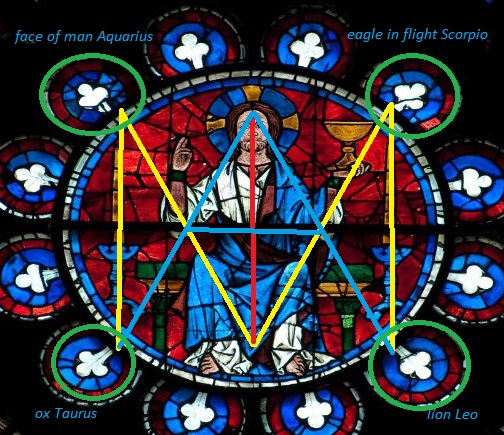Christmas: The surprise meaning behind the word - and it comes from Ancient Egypt

Historic script could prove aliens created ancient Egypt

Well, not quite. I think what the "three legs of the spaceship" represents is a pyramid near the Sphinx and it joins with the sun and the moon on the horizon - meaning the sun and the moon align at the same point or perhaps along the same line. I notice that there are nine main "rays" coming from the sun/moon object and in between there are 8 other smaller "rays". I want to note that 9 times 8 is 72. Seventy two is a sacred number involving the story of Osiris and is the number of hours in three days.
Reposted from Q the Templar Cross and the Greek Zodiac
Plutarch - the Morals Volume 4 - On Osiris and Isis
52. Moreover, in the sacred hymns of Osiris they call him up “who lies hidden in the arms of the sun.” And upon the thirtieth day of the month Epiphi they keep a certain festival called the Birthday of the eyes of Horus, when the sun and the moon are in one direct line; as esteeming not only the moon but also the sun to be the eye and light of Horus. Likewise the three and twentieth day of the month Phaophi they make to be the nativity of the staves of the sun, which they observe after the autumnal equinox, intimating hereby that he now wants, as it were, a prop and a stay, as suffering a great diminution both of heat and light by his declining and moving obliquely from us. Besides this, they lead the sacred cow seven times about her temple at the time of the winter solstice. And this going round is called the seeking of Osiris, the Goddess being in great distress for water in winter time. And the reason of her going round so many times is because the sun finishes his passage from the winter to the summer tropic in the seventh month. It is reported also that Horus, the son of Isis, was the first that ever sacrificed to the sun upon the fourth day of the month, as we find it written in a book called the Birthdays of Horus. Moreover, they offer incense to the sun three times every day; resin at his rising, myrrh when it is in the mid-heaven, and that they call Kyphi about the time of his setting. (What each of these means, I shall after wards explain.) Now they are of opinion that the sun is atoned and pacified by all these.
Epip (Coptic: Ⲉⲡⲓⲡ), also known as Epiphi (Greek: Ἐπιφί, Ephiphí) and Abib (Arabic: أبيب), is the eleventh month of the ancient Egyptian and Coptic calendars. It lasts between July 8 and August 6 of the Gregorian calendar.
Paopi (Coptic: Ⲡⲁⲱⲡⲉ, Paōpe), also known as Phaophi (Greek: Φαωφί, Phaōphí) and Babah[1] (Arabic: بابه, Baba), is the second month of the ancient Egyptian and Coptic calendars. It lasts between 11 October and 9 November of the Gregorian calendar, unless the previous Coptic year was a leap year.
Paremhat (Coptic: Ⲡⲁⲣⲉⲙϩⲁⲧ), also known as Phamenoth (Greek: Φαμενώθ, Phamenṓth) and Baramhat[1] (Arabic: برمهات), is the seventh month of the ancient Egyptian and Coptic calendars. It lies between March 10 and April 8 of the Gregorian calendar.

Cover of Plutarch's Morals: Theosophical Essays tr. by Charles William King [1908]

The cover clearly references the Egyptian god HEH, and points to some Zodiac signs including Scorpio and Aquarius.

This is the Egyptian representation of Heh, god of eternity or millions and millions of years.
Plutarch's works have been around for some time and could have been available since 1572 or even earlier in either a book or manuscript titled Moralia. Source
I suspect that Independence Day was chosen because, although the dates differ between the Coptic calendar and our Gregorian calendar - the birthday of Horus was noted as being the fourth day of the seventh month.
Coincidentally, the English ordinal gematria for "July 4" is 72. In other words, 10 (J is the 10th letter), 21 (U), 12 (L) and 25 (Y) plus the 4 equals a sum of 72. I notice that LY or 12/25 is also the date for Christmas. 12/25 is the 359th day of the year. 359 happens to be the 72nd prime number in the series of prime numbers. In a leap year, it is the 360th day, the number of degrees in a circle.
Interestingly, the year 1776 in Roman Numerals has a full reduction Gematria value of 42. That number along with 72 are two important and sacred numbers in the Jewish cabbalistic determination of the Names of God.

July 4 is the 185th day of the year leaving 180 days remaining in the year (180 is half of 360). On a leap year, it is the 186th day. This number is important in science because if you multiply it by 1,000 - light travels at 186,000 miles per second. Also, the sum of the digits of 186 are 15, a refence to the Saturn magic square (all numbers in the square in a straight line add up to 15).
So the 185th day would have digits that add up to 14 (or reduced is 1+4 =5) and the 186th day would reduce similarly to 6, referencing the terrestrial and celestrial, earth and Heaven, the globe and the zodiac, or the microcosm and macrocosm in Freemasonry.
Similarly, Christmas would sum to 3+5+9 = 17 (reducing further to 1+7 = 8). Amd 360 would sum to 9 - as in the number of rays in the drawing on the papyrus at the top of this post. Eight and nine are two important numbers in the Ogdoad and Ennead of ancient Egyptians.
It is also interesting to note that the star placed on the flag is a five point star and that the angle required to draw a pentagon is 72.



This following is the magic square of Saturn. Notice how it resembles the stance of the Bennu bird, the Phoenix of the Egyptians in the jewel of Ra-Horakhty found with King Tut and the Eagle on the back of the US dollar.


I believe that the double-headed eagle, or Thunderbird, also has it's origins in this same concept of Saturn and/or the story of Jesus.
The Great Seal of the United States on the back of the $1 bill has 42 letters.
NOVUS ORDO SECLORUM The phrase is a reference to the fourth Eclogue of Virgil,[1] which contains a passage (lines 5-8[2]) that reads:
Ultima Cumaei venit iam carminis aetas;
Magnus ab integro saeclorum nascitur ordo.
iam redit et Virgo, redeunt Saturnia regna,
iam nova progenies caelo demittitur alto.
Latin translation:
Now is come the final era of the Sibyl's song;
The great order of the ages is born afresh.
now justice returns, honored rules return (or return of Saturn's reign);
now a new lineage is sent down from high heaven.


No comments:
Post a Comment
Note: Only a member of this blog may post a comment.